The discovery of iridescent feathers in dinosaur fossils has revolutionized our understanding of prehistoric life. For decades, paleontologists assumed that dinosaurs were predominantly dull-colored, with shades of gray and brown dominating their appearance. However, recent advances in fossil analysis techniques have revealed that many theropod dinosaurs, particularly those closely related to modern birds, sported vibrant, iridescent plumage. This revelation not only changes how we visualize these ancient creatures but also provides critical insights into their behavior, ecology, and evolutionary relationships.
At the heart of this breakthrough is the study of structural coloration, a phenomenon where color is produced by microscopic structures that interfere with light rather than by pigments. In modern birds, iridescence is created by the arrangement of melanosomes—tiny, pigment-containing organelles within feathers. When these melanosomes are organized in specific layered patterns, they reflect light in a way that produces shimmering, metallic hues. Remarkably, similar structures have been identified in exceptionally well-preserved dinosaur fossils, allowing scientists to reconstruct their colors with unprecedented accuracy.
The key to unlocking this prehistoric palette lies in the fossilized melanosomes themselves. Using scanning electron microscopy (SEM) and other high-resolution imaging techniques, researchers can examine the size, shape, and arrangement of these microscopic structures. By comparing them to those in modern birds, they can infer the original colors of dinosaur feathers. For instance, a dense, layered arrangement of melanosomes typically indicates iridescence, while more random distributions suggest matte colors. This method has been used to identify iridescent feathers in species like Microraptor, a small, four-winged dinosaur that likely shimmered in hues of blue and black.
One of the most striking examples of this research involves the dinosaur Caihong juji, whose name means "rainbow with the big crest." Discovered in China, this Jurassic-era predator exhibited iridescent feathers across its head, chest, and tail. Analysis of its melanosomes revealed a stunning array of colors, likely resembling the shimmering plumage of modern hummingbirds or peacocks. Such findings suggest that iridescence was not just a passive trait but may have played a role in communication, mating displays, or even camouflage.
Beyond aesthetics, the presence of iridescent feathers in dinosaurs has profound implications for their biology and behavior. Iridescence often requires a high degree of feather specialization, indicating that these dinosaurs had complex integumentary structures similar to modern birds. This supports the idea that many theropods were highly active, possibly endothermic (warm-blooded), and engaged in behaviors like visual signaling. The fact that iridescence evolved multiple times in both dinosaurs and birds also underscores its evolutionary advantage, whether for attracting mates or avoiding predators.
Reconstructing these ancient colors is not without challenges. Fossilization can distort or compress melanosomes, and environmental factors over millions of years may alter their original structure. To mitigate these issues, scientists use advanced statistical models and comparative anatomy to cross-validate their findings. Additionally, experimental techniques like synchrotron radiation X-ray fluorescence have been employed to map trace metals in fossils, which can further corroborate color inferences.
The study of dinosaur iridescence is still in its early stages, but it has already transformed our perception of the Mesozoic world. No longer can we imagine dinosaurs as monotonous, reptilian giants; instead, they were likely as vibrant and visually striking as many modern animals. As technology continues to improve, future discoveries may reveal even more about the dazzling colors of these ancient creatures, painting a more vivid picture of life in the age of dinosaurs.
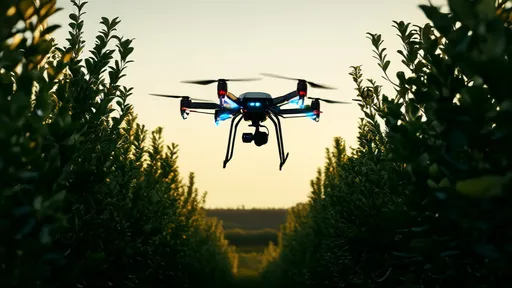
By /Jul 18, 2025
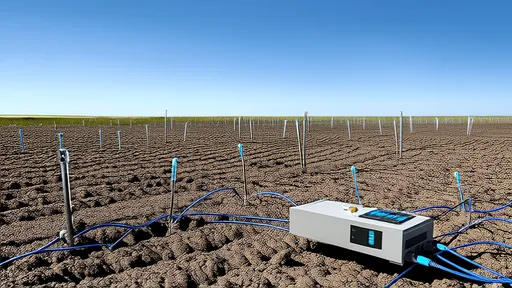
By /Jul 18, 2025

By /Jul 18, 2025
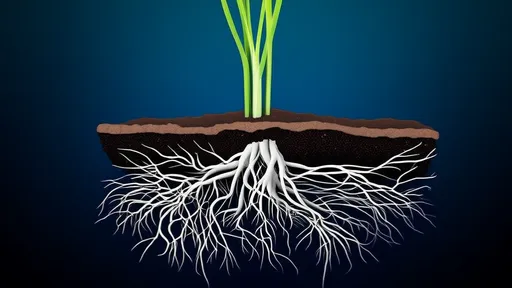
By /Jul 18, 2025

By /Jul 18, 2025

By /Jul 18, 2025
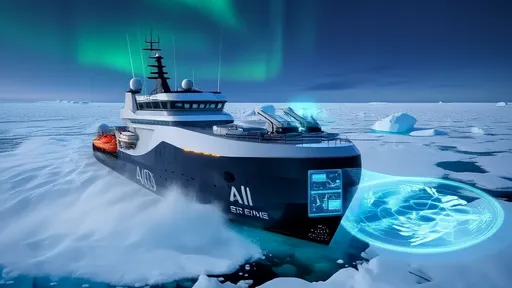
By /Jul 18, 2025

By /Jul 18, 2025

By /Jul 18, 2025

By /Jul 18, 2025
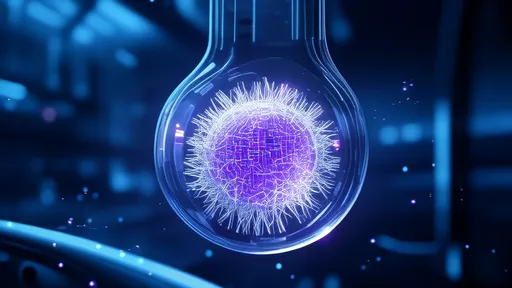
By /Jul 18, 2025
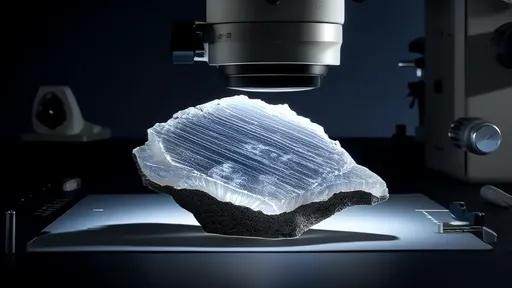
By /Jul 18, 2025

By /Jul 18, 2025

By /Jul 18, 2025

By /Jul 18, 2025

By /Jul 18, 2025
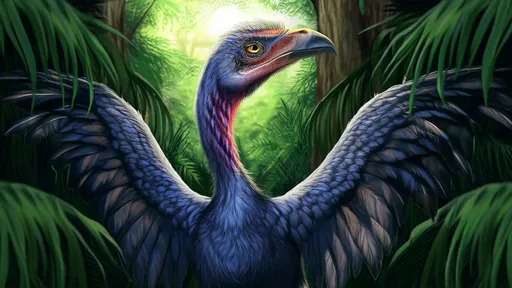
By /Jul 18, 2025
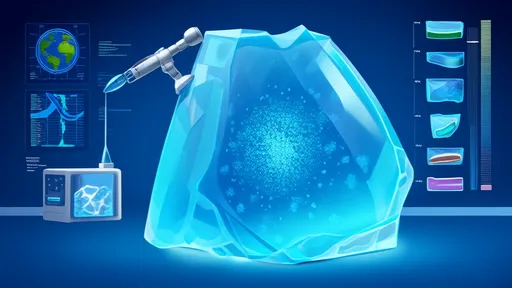
By /Jul 18, 2025